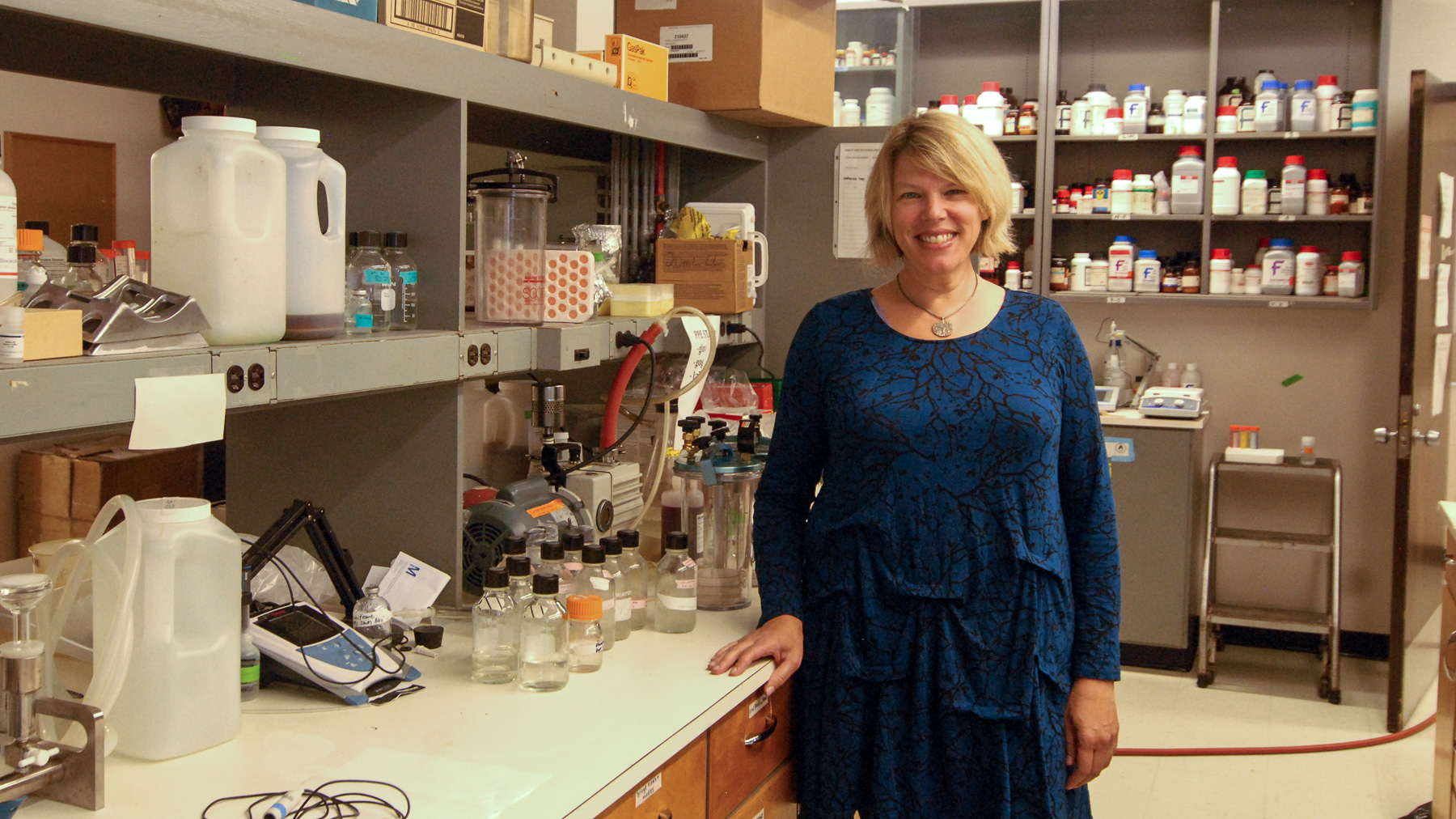 Zoe Joyall
Zoe JoyallResearchers from the University of Alberta and the University of Vienna, have identified a new microbe to join the fight against nitrogen pollution.
The newly characterized bacteria, Nitrospiral inopinata, have the unique ability to recycle ammonia into nitrate without the usual production of toxic greenhouse gases. Lisa Stein, a co-author of the study and professor of microbiology at the U of A, thinks this discovery is the first step of many in correcting our planet’s nitrogen problem.
“Humans add more active nitrogen to the biosphere than all natural sources combined,” she explained. “Because of that, the nitrogen cycle has been identified as the most unbalanced biogeochemical cycle on the planet.”
The demand for agriculture has led to the overuse of fertilizers, leading to a buildup of ammonia in soils, rivers and oceans. This creates dead zones and contributes to greenhouse gas production.
“We just know that we need fertilizer,” Stein said. “But what we don’t realize is that when it rains, that fertilizer goes into our water ways.”
Excess ammonia that isn’t absorbed by plants gets consumed by microbes in the soil and water. It’s typically a two-part process with nitrous oxide produced midway – a type of greenhouse gas with a global warming potential over 300 times that of carbon dioxide.
“We’re at the end-point for the nitrogen cycle, we’ve pushed it to its maximum limit,” Stein said. “It’s already in an overload and in a runaway.”
However, the newly characterized ammonia-eating microbe could help rebalance the planet’s nitrogen cycle. Stein’s former graduate student and lead author of the study, Dimitri Kits, demonstrated how the bacteria could convert ammonia directly to nitrate, in a way that could bypass nitrous oxide production. It’s a process not previously thought possible.
The researchers were also surprised by the efficiency at which the microbe could process ammonia.
“It acts like an ammonia sponge, outcompeting all the other microbes we tested,” Stein explained.
Stein’s research team have since found the species in a variety of ammonia-rich habitats including groundwater wells, freshwater filtration systems, and wastewater treatment facilities.
“If we can understand why it’s so efficient and how it’s so efficient, we can manipulate the nutrient status and encourage this microbe to take over,” she said. “That’s where our research is going now.”
By employing this new microbe in wastewater treatment plants, researchers can engineer processes that produce significantly less nitrous oxide. However, that’s only one half of the solution. Stein said the other half is to stop polluting the planet with excess fertilizer.
“Anything we can do about the nitrogen cycle to get us out of this mess is important,” Stein said. “My feeling is that if we don’t have a habitable planet, it doesn’t matter if diseases get us or not.”




